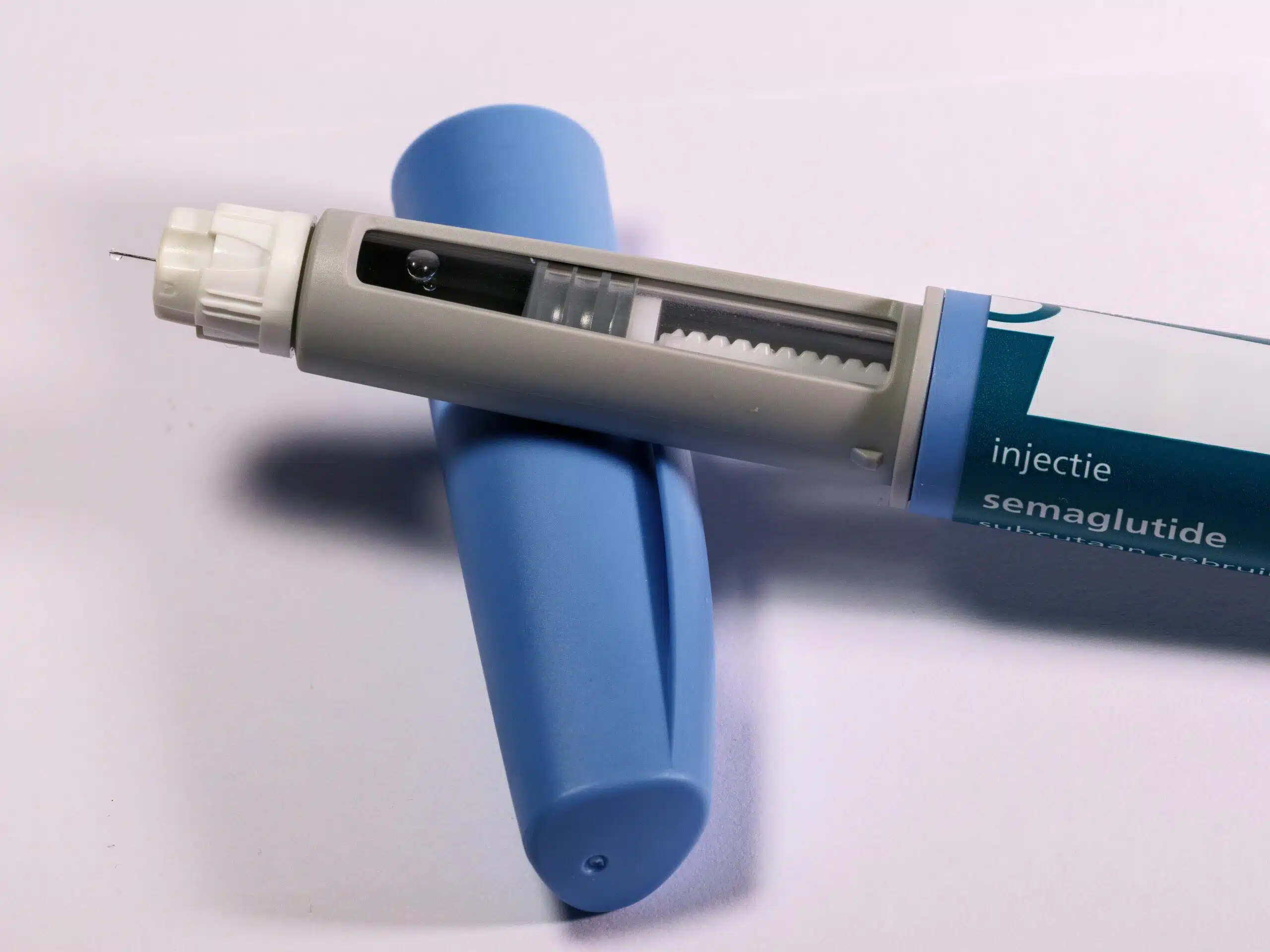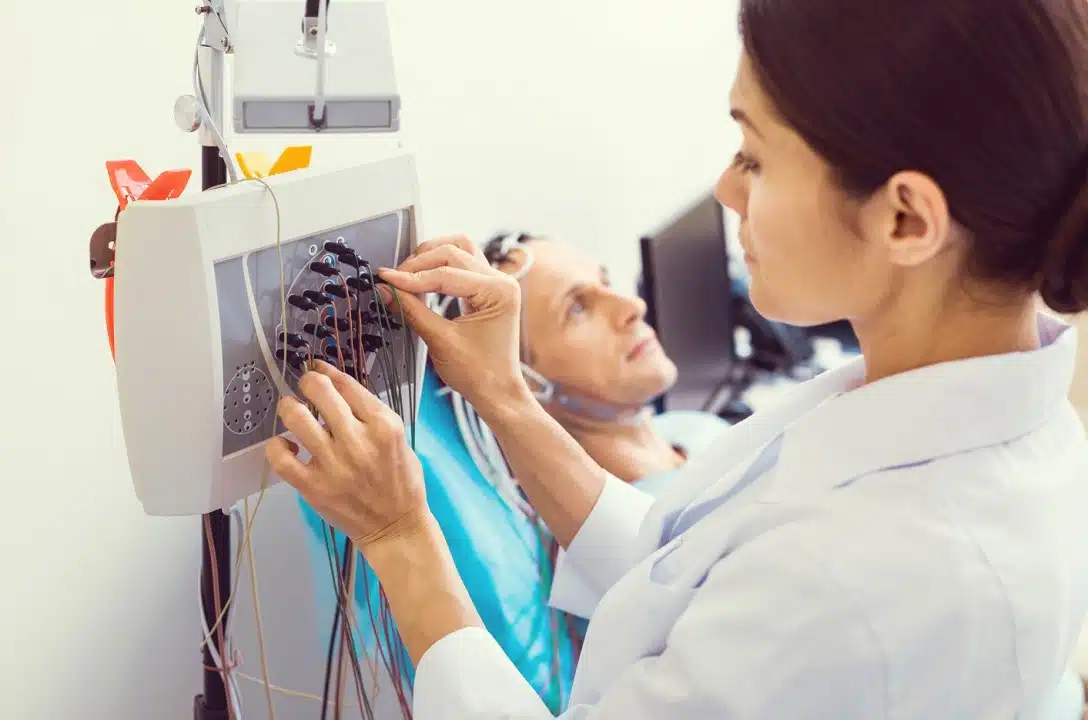Generic Antiepileptic Drugs – Safe or Harmful in Patients with Epilepsy?
June 12, 2018
Generic antiepileptic drugs (AED) are significantly cheaper than brand name drugs, and may reduce overall health care expenditures. Regulatory bodies in Europe and North America require bioequivalence between generic and innovator drugs with regard to area under the plasma concentration–time curve (AUC) and peak plasma concentration (Cmax); strict cutoff values have been defined. The main issue is if bioequivalence ensures therapeutic equivalence. Are switches from brand to generic, or between generic AEDs entirely safe or potentially harmful in patients with epilepsy?
We summarized and evaluated the available evidence from bioequivalence, health care utilization, and clinical studies on safety of generic AEDs. In most cases, variations in AUC and Cmax were negligible when comparing innovator and generic AEDs. Due to interindividual pharmacokinetic and pharmacodynamic variability, measured differences between innovator and generic drugs may be the same as differences between different lots of the same brand. Studies from several countries based on insurance data have reported an increase in health care usage after switch from brand to generic AEDs; switchback rates are significantly higher for AEDs compared to other compounds. Patients may be confused, and nonadherence may increase, when AEDs are switched between manufacturers, perhaps due to changes in medication shape and color. But clinical studies do not report changes in seizure frequency and tolerability attributable to generics.
Sufficient evidence indicates that most generics are bioequivalent to innovator AEDs; they do not pose a relevant risk for patients with epilepsy. However, some patients are reluctant towards variations in color and shape of their AEDs which may result in nonadherence. We recommend administering generics when a new AED is initiated. Switches from brand to generic AEDs for cost reduction and between generics, which is rarely required, generally seem to be safe, but should be accompanied by thorough counseling of patients on low risks.








